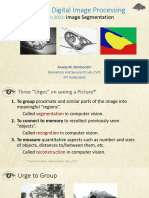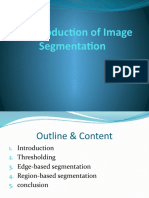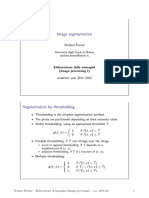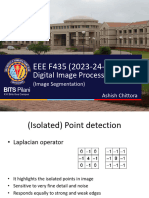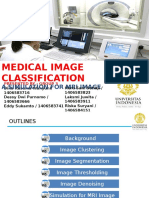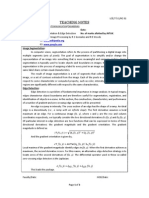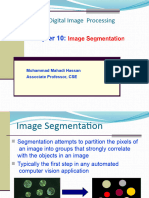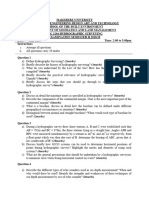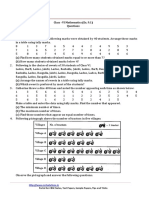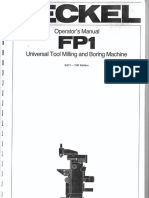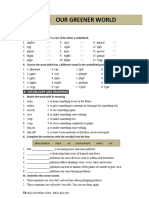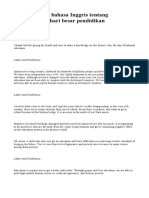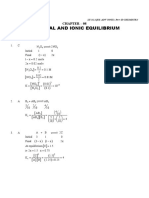0% found this document useful (0 votes)
24 views59 pagesImage Processing LECTURE 7
Image_Processing
Uploaded by
Mert DUMANCopyright
© © All Rights Reserved
We take content rights seriously. If you suspect this is your content, claim it here.
Available Formats
Download as PDF, TXT or read online on Scribd
0% found this document useful (0 votes)
24 views59 pagesImage Processing LECTURE 7
Image_Processing
Uploaded by
Mert DUMANCopyright
© © All Rights Reserved
We take content rights seriously. If you suspect this is your content, claim it here.
Available Formats
Download as PDF, TXT or read online on Scribd
/ 59



